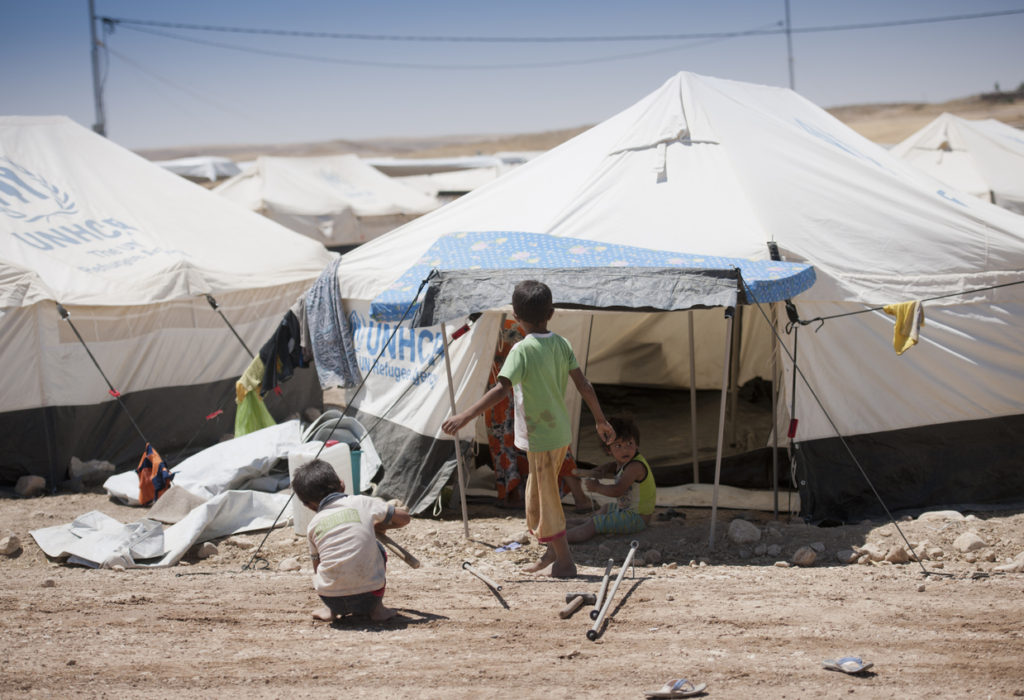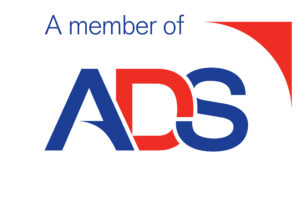This report offers an overview of the humanitarian situation in Iraq.
Since the rise of ISIS in 2014, more than 6 million Iraqi civilians have been displaced. 2.6million internally displaced people (IDPs) remain. It is likely a large proportion of these will return to their area of origin during 2018, presenting a new phase of humanitarian assistance.
Government of Iraq and the Kurdish Regional Government continue to encourage IDPs to return but they may force IDPS to relocate prematurely in the wake of elections.
IDPs face a heightened threat from unexploded ordnance (UXO) and severely degraded infrastructure which inhibits access to water, education and medical facilities.
Ethnic shifts, including Shia security forces securing Sunni areas and the displacement of minority groups such as Christians, creates sectarian tensions between former neighbors. ISIS remains a significant threat, particularly asymmetric attacks.
Humanitarian efforts in 2018 are likely to focus on ensuring the safe transit of IDPS, particularly those forced to return prematurely. NGOs report ongoing difficulty in registration processes in-country that is slowing their progress. Iraqi and Kurdish legislation, such as the closure of Arabic language schools in KRG, force IDPs to prematurely return to areas not conducive to safety, dignity or integration. As Iraq prepares for elections, it is likely IDPs will be increasingly pressured to return before either they or the local infrastructure is ready.
NGOs aim to reach 3.4 million civilians with $569 million in aid.
Need advice?
If you’d like further information, or to discuss working with us, please get in touch







